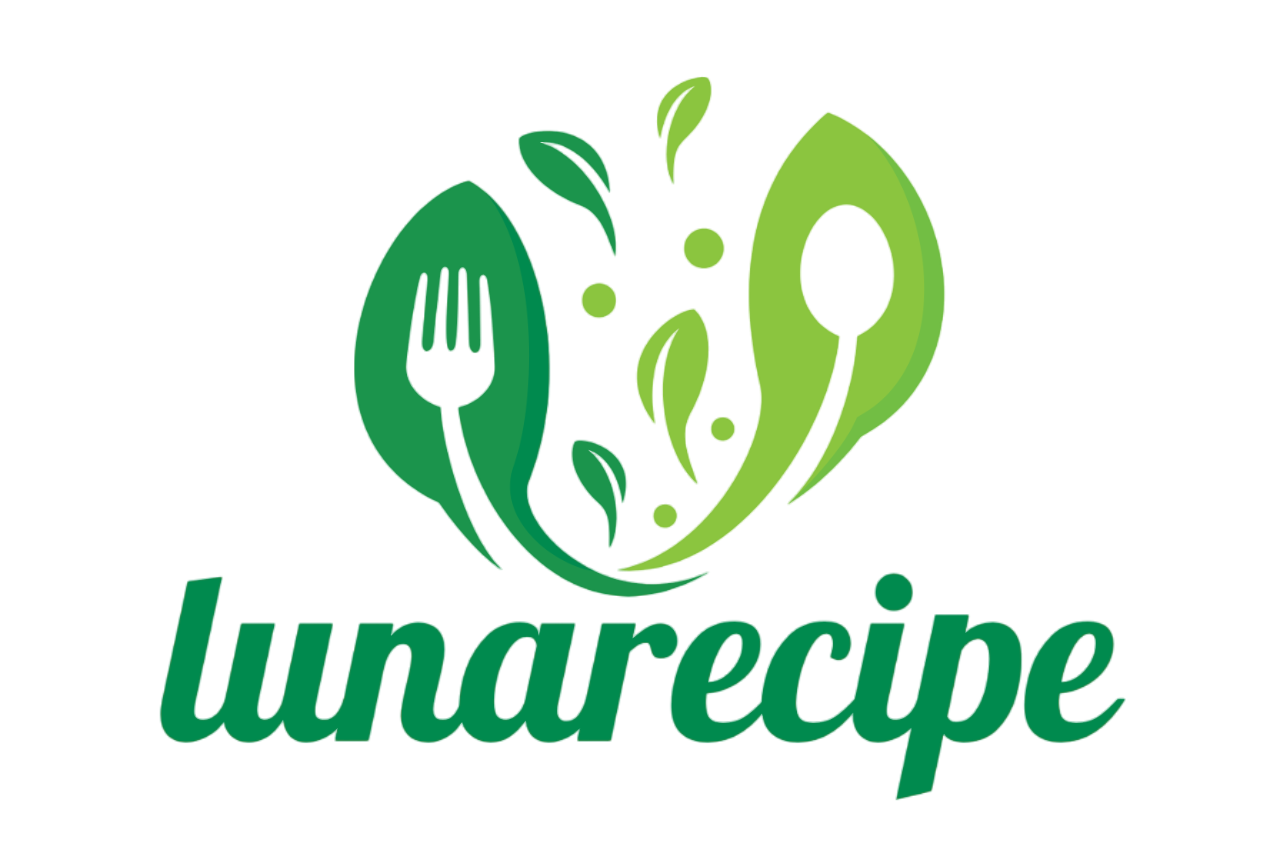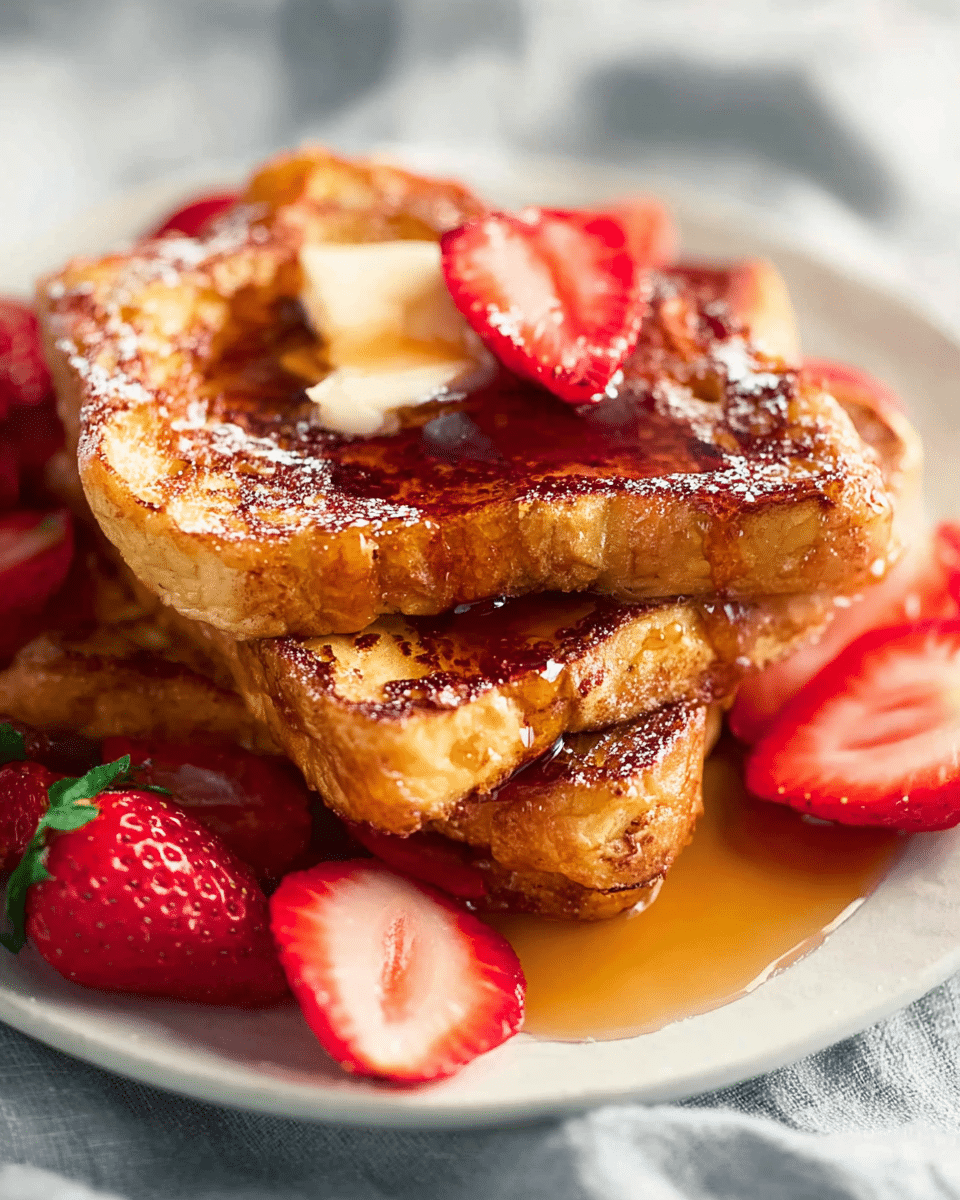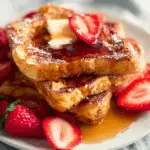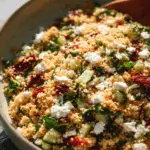This French Toast is a classic breakfast treat that’s both simple and indulgent. The crispy exterior paired with the soft, fluffy inside is irresistible, and the hint of cinnamon and vanilla gives it a comforting, aromatic flavor.
For the perfect presentation, top the toast with a drizzle of maple syrup and a dusting of powdered sugar. Adding fresh fruits like strawberries, blueberries, or bananas brings a burst of color and freshness to your plate, making this dish both a treat for your taste buds and your eyes.
Full Recipe:
-
2 large eggs
-
1/2 cup milk
-
1/4 teaspoon ground cinnamon
-
1/4 teaspoon vanilla extract
-
Pinch of salt
-
4 slices of thick bread (preferably stale)
-
2 tablespoons butter
-
Maple syrup, for serving
-
Powdered sugar, for dusting (optional)
-
Fresh fruit, for topping (optional)
Directions:
-
In a shallow bowl, whisk together eggs, milk, cinnamon, vanilla extract, and a pinch of salt until well combined.
-
Heat a non-stick skillet or griddle over medium heat and add a little butter.
-
Dip each slice of bread into the egg mixture, ensuring both sides are coated.
-
Place the bread onto the skillet and cook for 2-3 minutes on each side, or until golden brown and crispy.
-
Serve the French toast immediately, topped with maple syrup, powdered sugar, and fresh fruit.
Prep Time: 5 minutes | Cooking Time: 10 minutes | Total Time: 15 minutes
Kcal: 290 kcal | Servings: 2 servings
French Toast: A Classic Breakfast Delight
French Toast is one of those timeless breakfast dishes that can be enjoyed on any occasion, from a simple weekday morning to a special weekend brunch. Its combination of soft, egg-soaked bread with a crispy exterior is truly irresistible. Whether served with a drizzle of syrup, dusted with powdered sugar, or topped with fresh fruit, French Toast never fails to please. This dish, with its humble roots and endless variations, has become a staple in households worldwide.
The History of French Toast
Although it is commonly associated with France, the origins of French Toast date back centuries and span multiple cultures. The concept of soaking bread in a mixture of eggs and milk, then frying it, can be traced as far back as the Roman Empire. The early versions of French Toast were designed as a way to avoid wasting stale bread. During medieval times, bread was often soaked in a custard-like mixture and then fried, making it a practical and delicious way to reuse day-old bread.
The dish gained popularity in France and evolved over time into what we recognize today as French Toast. In fact, the term “French Toast” didn’t appear in France. The French call it “pain perdu,” which translates to “lost bread,” referring to the use of stale bread. The name “French Toast” came about in America and was popularized in the 17th century when French cuisine was being embraced in the United States.
Variations of French Toast Around the World
While French Toast is known for its classic preparation of eggs, milk, and cinnamon, it has been adapted in many cultures to suit different tastes and ingredients. In the United States, French Toast is often served with a variety of toppings, including maple syrup, powdered sugar, whipped cream, or fresh fruit. For a richer taste, some people like to add a dash of vanilla or a sprinkle of nutmeg to the egg mixture.
In other parts of the world, French Toast takes on unique forms. In the United Kingdom, it is known as “eggy bread” and is typically served savory, often with tomatoes or beans. In Italy, there is a version called “crostata di pane” where the bread is soaked in milk and eggs, then fried and drizzled with honey. In Spain, “torrijas” are a popular treat, particularly during Lent and Easter. They are made by soaking bread in a sweetened milk mixture and then frying it, often topped with cinnamon and sugar.
The Best Bread for French Toast
The bread you choose for French Toast plays a crucial role in the texture and flavor of the final dish. While most recipes call for thick slices of bread, not all bread is created equal. A good French Toast requires a bread that can absorb the egg mixture without falling apart. Brioche, challah, or Texas toast are all excellent options. These breads are soft, slightly sweet, and thick enough to soak up the custard-like mixture while maintaining structure.
Stale bread is often recommended because it absorbs more of the egg mixture without becoming too soggy. If you’re using fresh bread, a quick trick is to toast the slices lightly in the oven before dipping them into the egg mixture, which helps prevent them from becoming too mushy.
Tips for Making Perfect French Toast
Making French Toast seems simple, but a few tips can elevate your dish to a whole new level.
-
Use a mixture of milk and cream: While milk is the standard ingredient, using a mixture of milk and cream adds richness and helps create a luxurious custard for soaking the bread. For a dairy-free version, coconut milk or almond milk works wonderfully.
-
Let the bread soak: For a custard-like interior, let the bread soak in the egg mixture for at least 30 seconds on each side. The longer the bread sits in the mixture, the more flavor it absorbs. However, be careful not to soak it too long, or the bread might fall apart.
-
Cook on low to medium heat: Cooking French Toast on medium heat ensures that the bread gets crispy on the outside without burning before the inside cooks through.
-
Add spices to the batter: Cinnamon is a classic addition to French Toast, but you can also add nutmeg, cloves, or cardamom to bring new flavors to the dish. A teaspoon of vanilla extract also works wonders.
-
Use a non-stick skillet or griddle: A non-stick surface makes flipping the French Toast easier and ensures that it doesn’t stick to the pan. You can also add a small amount of butter to the pan for a golden, crispy finish.
How to Serve French Toast
French Toast can be served in countless ways, making it a versatile dish for all occasions. Here are a few serving ideas to inspire your next breakfast or brunch:
-
Classic Maple Syrup and Butter: The most common way to enjoy French Toast is with a generous drizzle of maple syrup and a pat of butter. The sweetness of the syrup complements the richness of the eggs perfectly.
-
Fresh Fruit Toppings: For a fresh and healthy twist, top your French Toast with fresh berries like strawberries, blueberries, or raspberries. Bananas and peaches are also great options. You can even sauté the fruit with a bit of butter and cinnamon for a warm topping.
-
Nut Butters and Chocolate: If you love peanut butter, almond butter, or Nutella, try spreading your favorite nut butter on your French Toast for an indulgent treat. Add some sliced bananas or strawberries for extra flavor.
-
Whipped Cream and Powdered Sugar: For a special touch, top your French Toast with a dollop of whipped cream and a dusting of powdered sugar. This is a great option if you’re serving French Toast for a holiday breakfast or special occasion.
-
Savory French Toast: While French Toast is typically served as a sweet dish, it can also be made savory by omitting the sugar and cinnamon. Top your savory French Toast with bacon, eggs, avocado, or sautéed vegetables for a satisfying meal.
Healthier Alternatives to French Toast
While French Toast is often considered a decadent treat, there are plenty of ways to make it healthier without sacrificing flavor. Here are a few ideas:
-
Whole Wheat Bread: Swap white bread for whole wheat or multigrain bread to add fiber and nutrients to your French Toast.
-
Egg Substitute: If you’re looking to reduce cholesterol or avoid eggs altogether, you can use a mixture of flaxseed meal and water, or commercial egg replacements like tofu or chia seeds.
-
Low-Calorie Toppings: Instead of syrup, opt for fresh fruit or a light drizzle of honey. You can also try a dollop of Greek yogurt for added protein.
-
Bake Instead of Fry: To reduce the amount of oil used in preparation, bake the French Toast in the oven at 375°F (190°C) for about 10-12 minutes. This method results in a lighter version of the classic dish.
Conclusion
French Toast is a beloved breakfast dish that brings comfort and joy to anyone who indulges in it. Whether you’re enjoying it on a lazy weekend morning or serving it at a festive brunch, French Toast has a way of making any occasion feel special. With its simple ingredients, versatile flavor profile, and endless topping possibilities, French Toast continues to be a favorite among home cooks and professional chefs alike. Whether you stick to the classic version or get creative with new twists, French Toast will always be a dish that brings people together around the breakfast table.
Remember to experiment with different bread types, toppings, and spices to create your own signature French Toast!






